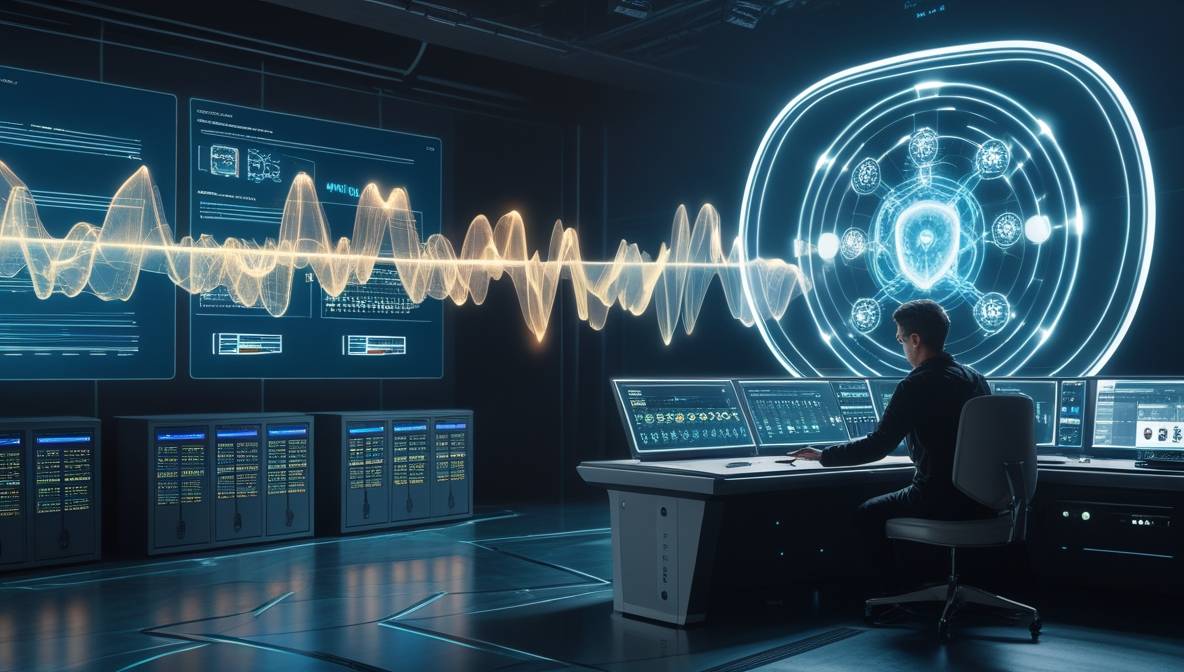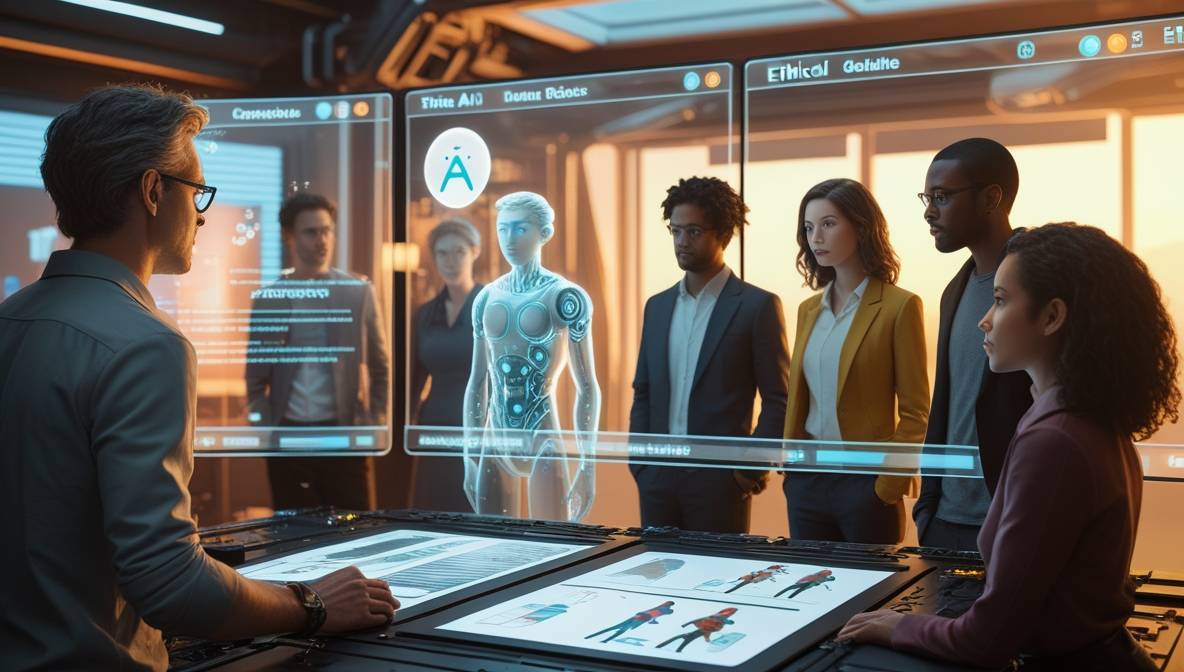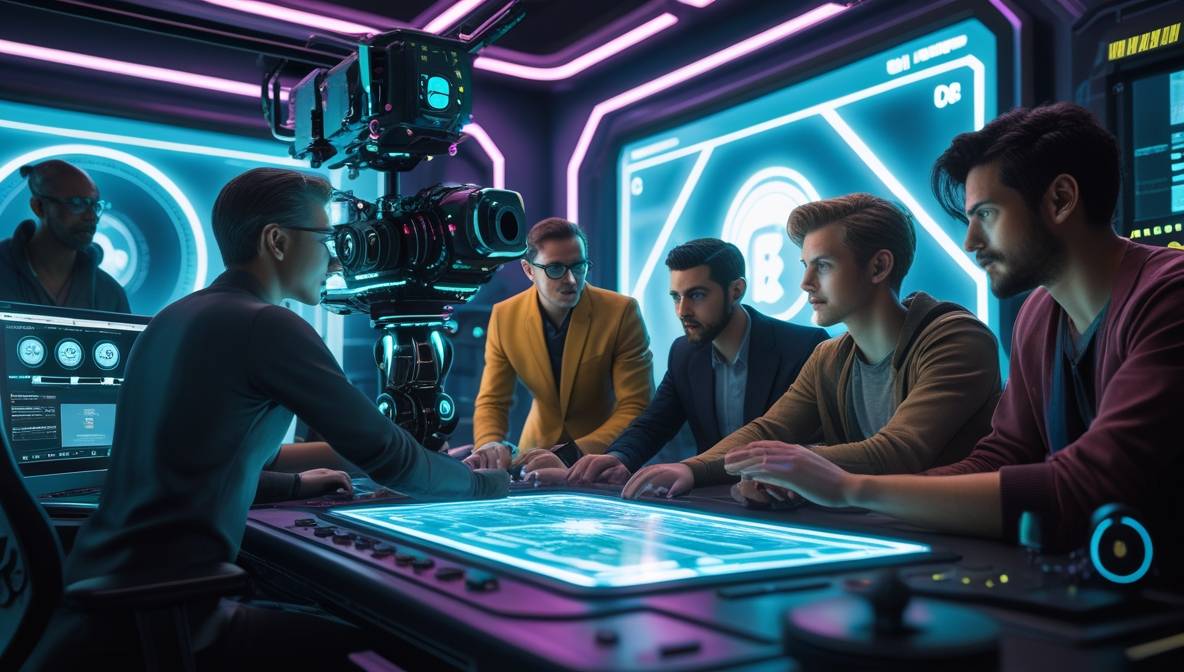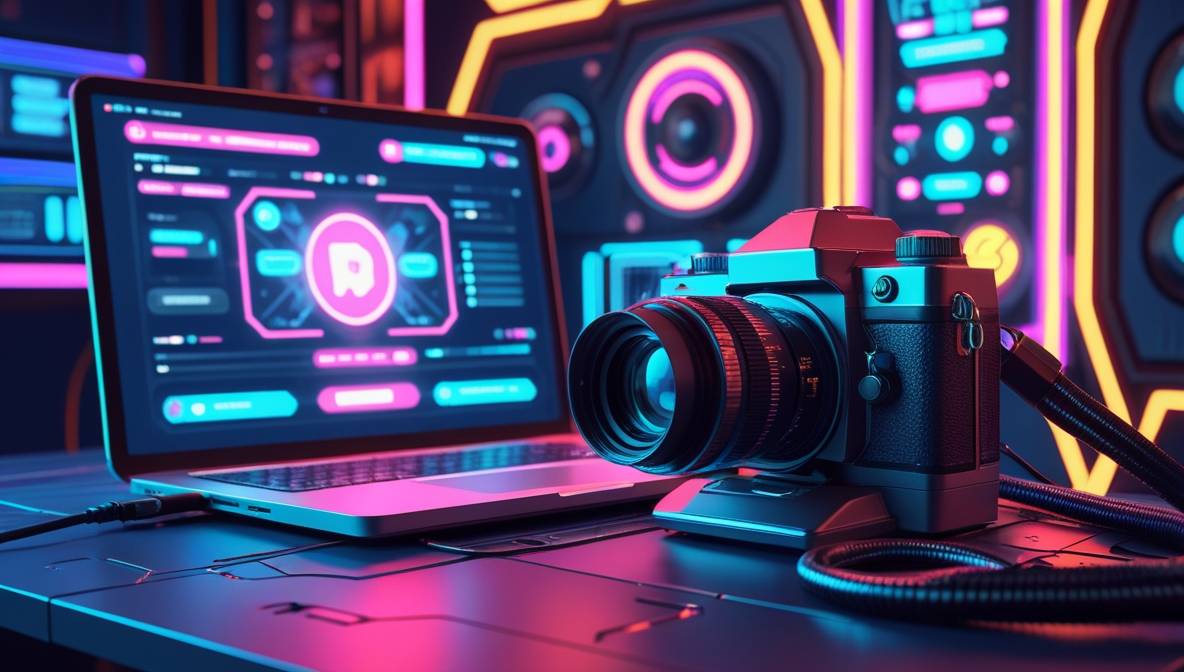DSLR cameras have transformed independent filmmaking, offering cinematic quality without blockbuster budgets. To unlock their full potential, mastering manual settings is non-negotiable. This guide breaks down essential DSLR camera settings for professional movie filming techniques, ensuring your footage rivals high-end productions.
Essential DSLR Settings for Cinematic Footage
1. Shutter Speed: Balancing Motion and Clarity
Shutter speed controls motion blur. Follow the 180-degree shutter rule: set it to double your frame rate.
| Frame Rate (fps) | Ideal Shutter Speed |
|---|---|
| 24 | 1/48 |
| 30 | 1/60 |
| 60 | 1/120 |
Deviating from this ratio introduces choppy or overly blurred motion. For slow-motion sequences, maintain the rule even at higher frame rates.
2. Aperture: Mastering Depth of Field
Aperture (ƒ-stop) dictates light intake and depth of field. Wide apertures (ƒ/1.4–ƒ/2.8) isolate subjects with creamy bokeh, ideal for dramatic close-ups. Narrow apertures (ƒ/8+) keep entire scenes sharp, suited for landscapes.
Pro Tip: Use neutral density (ND) filters in bright conditions to maintain wide apertures without overexposure.
3. ISO: Minimizing Noise, Maximizing Quality
ISO adjusts sensor sensitivity. Base ISO (100–400) delivers clean images. Push ISO only when necessary—modern DSLRs like the Canon EOS C70 handle 3200+ ISO with minimal noise.
| Lighting Condition | Recommended ISO |
|---|---|
| Daylight | 100–400 |
| Indoors/Low Light | 800–3200 |
| Extreme Low Light | 6400+ (sparingly) |
4. White Balance: Accurate Color Temperature
Auto white balance often fails under mixed lighting. Manually set using presets (Daylight, Tungsten) or a custom Kelvin value. For consistency, use a gray card or shoot in RAW for post-processing flexibility.
5. Picture Style: Flat Profiles for Post-Production
Avoid vivid presets. Use Neutral or LOG profiles to retain dynamic range. These flat profiles allow precise color grading in software like DaVinci Resolve.
6. Focus: Precision with Manual Controls
Autofocus risks hunting during shots. Use manual focus with tools like follow focus rings. For moving subjects, practice pull focus techniques or invest in cinema lenses with hard stops.
7. Audio: External Recording Is Key
DSLR internal mics capture poor-quality sound. Pair your camera with external recorders like the Zoom H4n or lavalier mics. Sync audio in post using clapperboards or software like PluralEyes.
Advanced Techniques for Dynamic Shots
Movement and Stabilization
- Handheld Shots: Enable in-body stabilization (IBIS) if available. For smoother motion, use gimbals like the DJI Ronin-S.
- Dolly Zooms: Combine forward motion with a reverse zoom for vertigo effects.
Lighting Control
- Three-Point Setup: Key, fill, and backlighting create depth. Use LED panels for adjustable intensity.
- Natural Light: Shoot during golden hour or diffuse harsh sunlight with reflectors.
Post-Processing Workflow
- Color Grading: Use LOG footage to enhance shadows/highlights.
- Noise Reduction: Apply Neat Video or DaVinci Resolve’s tools for high ISO shots.
- Frame Rate Adjustments: Convert 60fps to 24fps for slow-motion sequences.
Case Studies: Settings in Action
Low-Light Dialogue Scene
- Shutter Speed: 1/48 (24fps)
- Aperture: ƒ/1.8
- ISO: 3200
- Lens: Sony FE 24mm f/1.4 GM
High-Speed Action Sequence
- Shutter Speed: 1/120 (60fps)
- Aperture: ƒ/4
- ISO: 400
- Stabilization: Gimbal + IBIS
Recommended Gear
- Cameras: Sony A7S III, Blackmagic Pocket Cinema Camera
- Lenses: Canon CN-E Primes, Sigma Cine Lenses
- Accessories: ND filters, follow focus, external recorders



